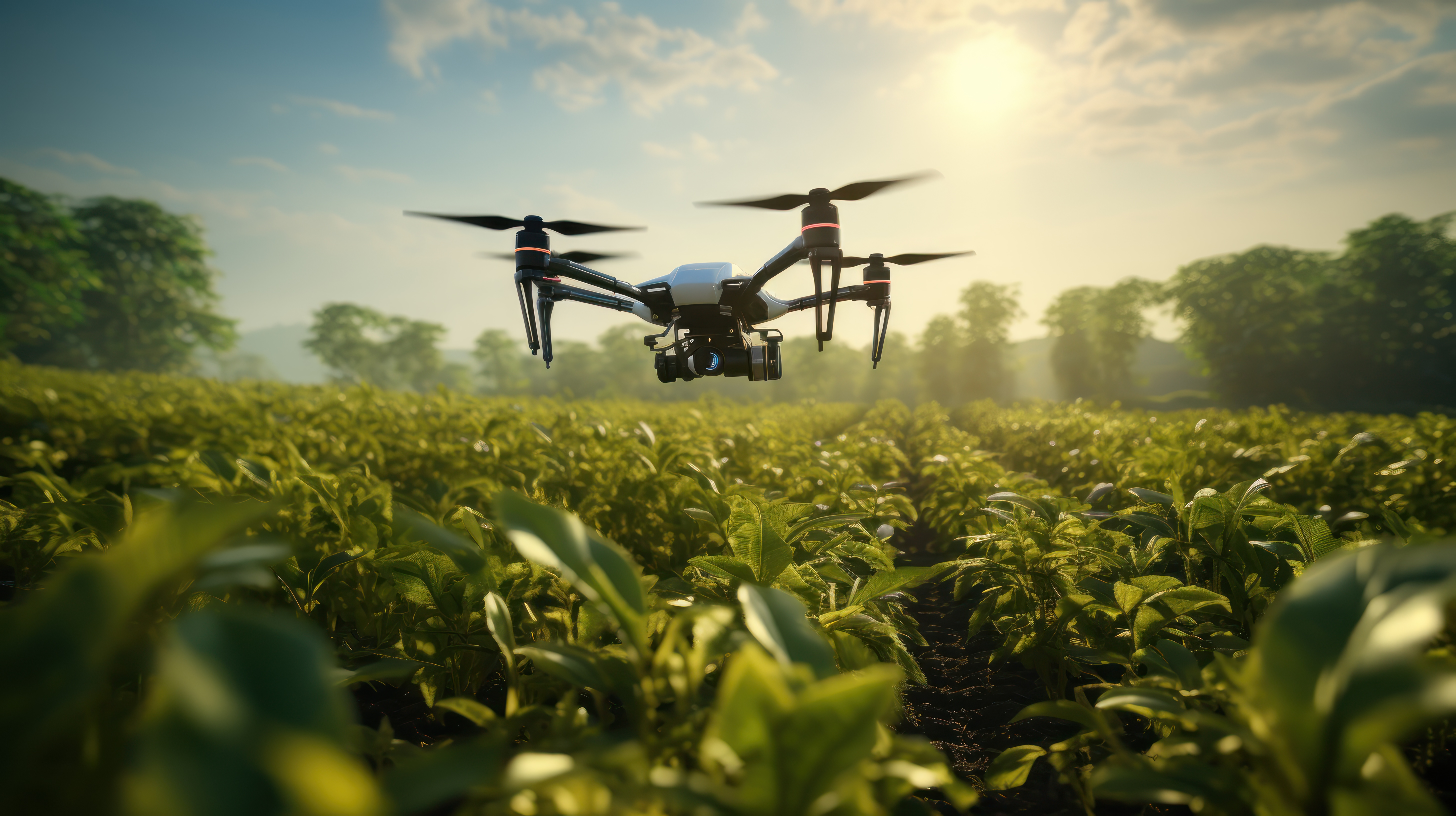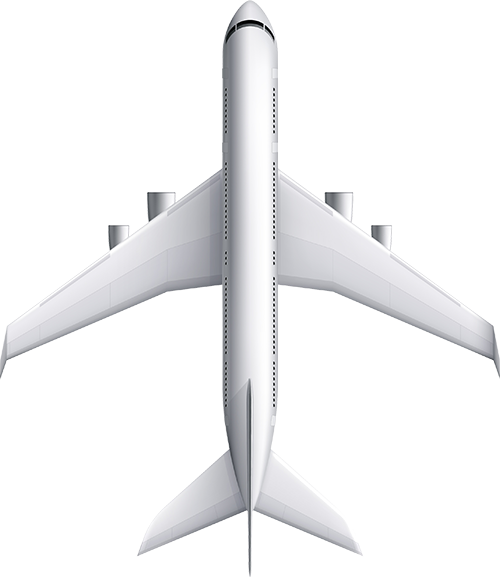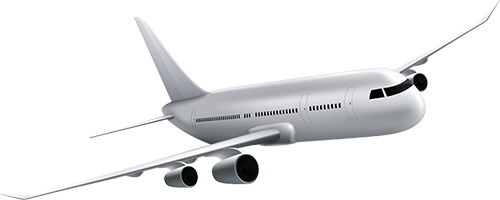



Modern agriculture is undergoing a transformative shift with the integration of drone technology. Drones, or unmanned aerial vehicles (UAVs), equipped with advanced sensors and imaging capabilities, are helping farmers optimize crop management, reduce costs, and increase yields. From precision farming to livestock monitoring, drones are becoming indispensable tools in smart agriculture.
Key Applications of Agricultural Drones
Benefits of Drone Technology in Farming
✔ Cost Efficiency – Reduces labor and resource expenses.
✔ Time-Saving – Covers large fields quickly compared to manual inspections.
✔ Data-Driven Decisions – Provides real-time analytics for better crop management.
✔ Sustainability – Promotes eco-friendly farming with precise chemical usage.
Challenges & Future Prospects
While drone adoption in agriculture is growing, challenges such as regulatory restrictions, high initial costs, and the need for technical expertise remain. However, advancements in AI-powered drones and automation are expected to further revolutionize farming in the coming years.
Conclusion
Drones are reshaping agriculture by enabling smarter, more efficient, and sustainable farming practices. As technology evolves, their role in food production and farm management will only expand, making them a vital asset for the future of agriculture.




